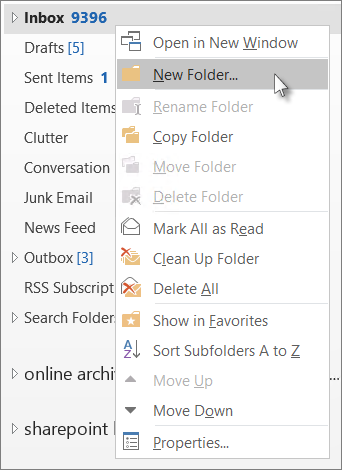

Of course with all attachments and in the original formatĭo you no longer need certain e-mails? Others, on the other hand, should be permanently archived? With the Folder Archive (FileSystem) Agent, you can do everything easily from one archiving interface: Automatic removal of older messages that are no longer needed is just as possible as permanent long-term archiving.

A simple double-click is all it takes to open the archived mail in Outlook again. Importing into Outlook is as uncomplicated with Folder Archive (FileSystem) Agent as archiving itself: The software makes all archived e-mails available in *.msg format. Even when working with the filing system, you do not have to do without your familiar working environment: The Folder Archive (FileSystem) Agent mirrors the original folder structure - including all subfolders, of course. Of course, you can have the backup copies stored at any location in your file system. Whether from mailboxes or public folders. The Folder Archive (FileSystem) Agent archives all mail items fully automatically. The OLXFolder Archive (FileSystem) Agent frees you from the stranglehold of inefficient archive solutions and provides you with a filing process perfectly tailored to your productive system. But that's just where the problems begin: Which backup strategy is the right one? Online or rather offline? Which backup medium is suitable? Can employees still access the archived information?Ĭonventional solutions usually consist of an expensive, Exchange-unrelated filing system that is not even particularly user-friendly. Therefore, preventive measures should be taken to avoid data loss. Especially for email data from mailboxes and public folders. After a total crash of the system, the recovery can be quite catastrophic. It's not called 'disaster recovery' for nothing. removal of old entries (definable) after successful archiving Archiving of any Exchange/365 folder into the FileSystem (MSG)


 0 kommentar(er)
0 kommentar(er)
